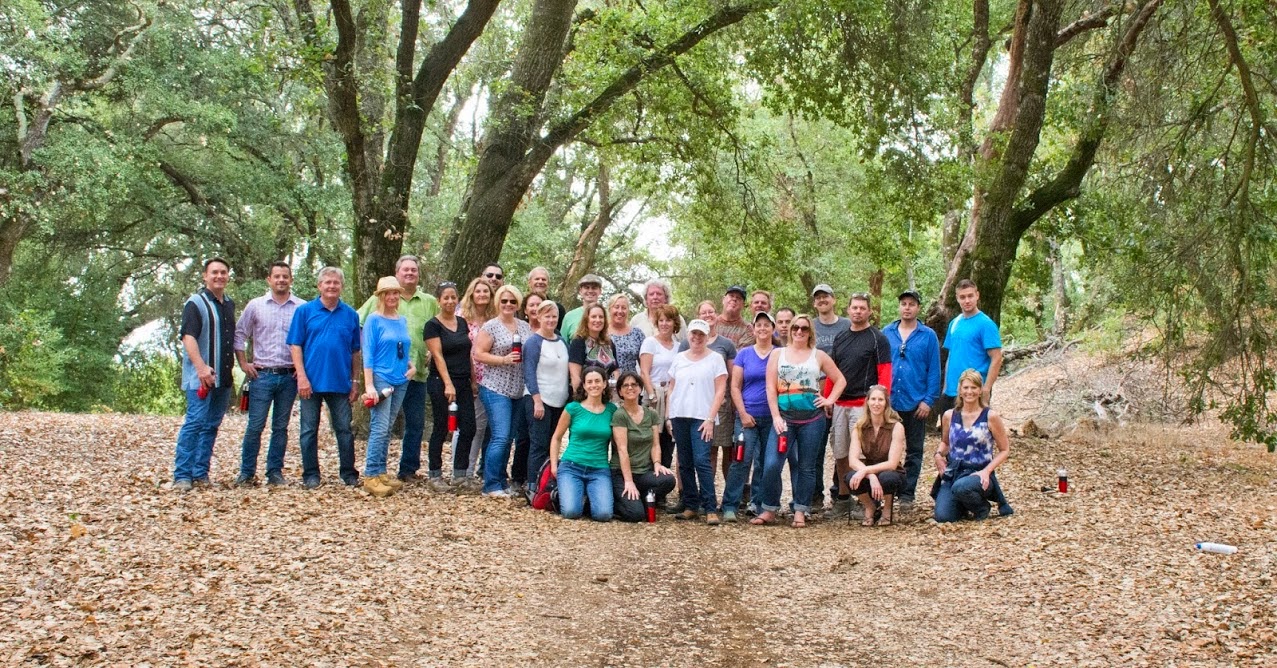This year harvest commenced earlier than usual on our Brandlin Estate
Vineyard, with Zinfandel being the first fruit brought in.
Vineyard, with Zinfandel being the first fruit brought in.
Although misting heavily, and the ground was quite muddy, we
managed to capture photos of some harvesting activities.
managed to capture photos of some harvesting activities.
Later on while studying these images, we were captivated by the similarity
of hand harvesting now and hand harvesting that was done on Brandlin Vineyard
40, 50 up to 90 years ago!
of hand harvesting now and hand harvesting that was done on Brandlin Vineyard
40, 50 up to 90 years ago!
Henry Brandlin’s son Chester, shared the image below. It depicts two women
(circa 1976) standing in the midst of the same Zinfandel vines, holding buckets
filled with grapes harvested that day.
(circa 1976) standing in the midst of the same Zinfandel vines, holding buckets
filled with grapes harvested that day.
In the quickly changing world that we live in today, there are few processes
and methods that remain untouched over time – even in the romantic world
of grapegrowing and winemaking.
and methods that remain untouched over time – even in the romantic world
of grapegrowing and winemaking.
At Brandlin we find it rewarding to preserve the historic method of hand
harvesting our estate vineyard, just as previous generations did before us.
harvesting our estate vineyard, just as previous generations did before us.




















